
Austeja Stasiuleviciute
I'm passionate about enhancing user experiences and designing meaningful products, with a specific focus on medical device design.

I'm passionate about enhancing user experiences and designing meaningful products, with a specific focus on medical device design.
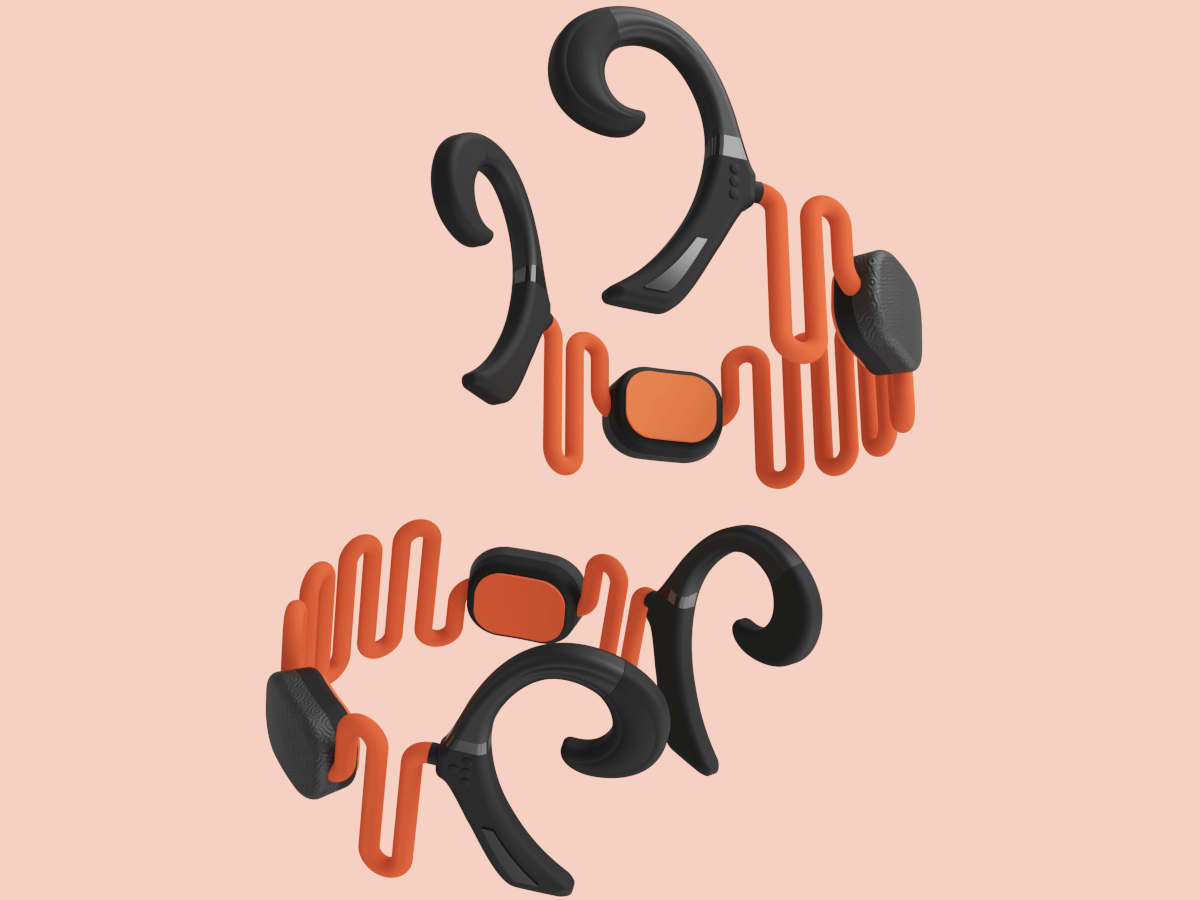
Over half of the visually impaired population engages in less than 30 minutes of exercise a week due to a lack of confidence and independence. Visually impaired athletes often depend on guide runners for training, restricting their flexibility. This dependence limits their ability to train when desired, negatively impacting their performance and opportunities for development in athletics.
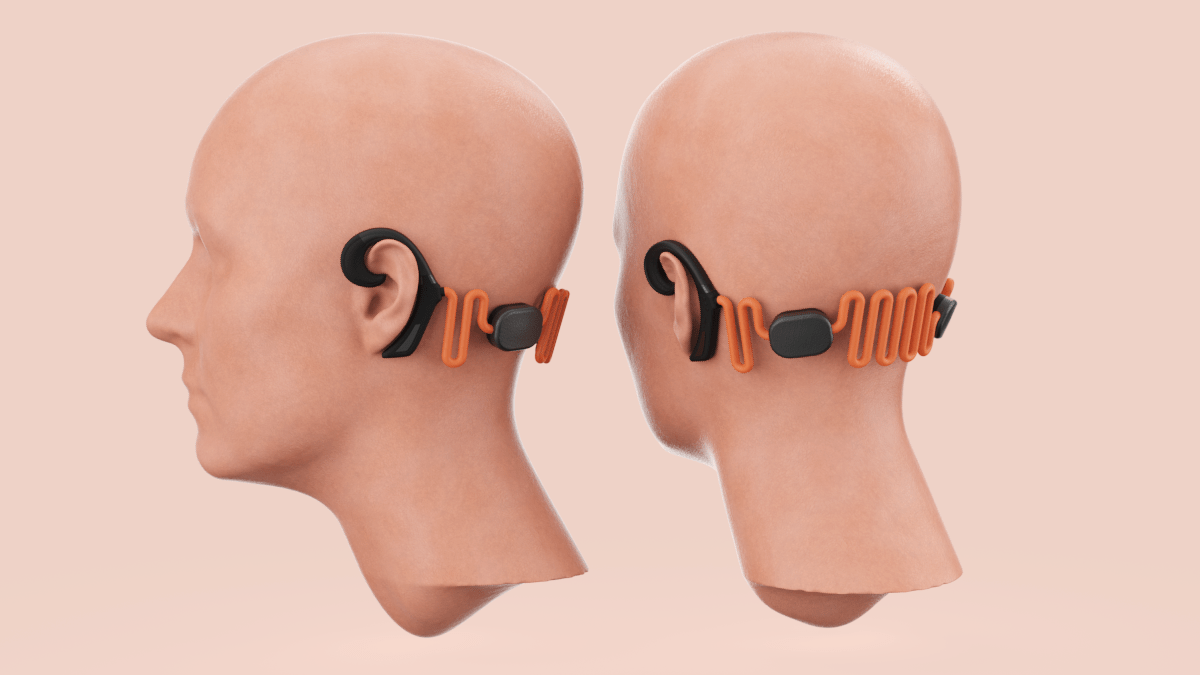
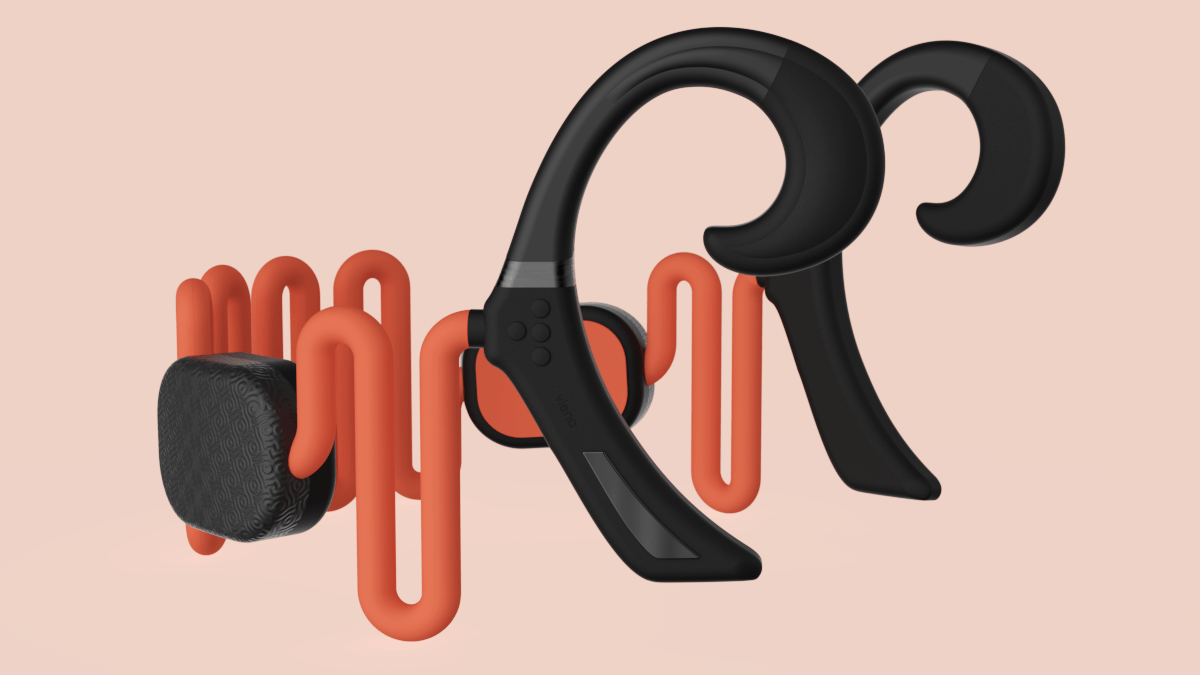
Viena’s UWB tracking technology enables users to independently run on a 400m track, using haptic feedback and bone conduction audio notifications. This system accurately identifies the user’s lane and creates an imaginary boundary via the wearable device. Haptic feedback guides the user to the centre of the lane, while bone conduction audio alerts provide notifications about upcoming turns and essential callouts.
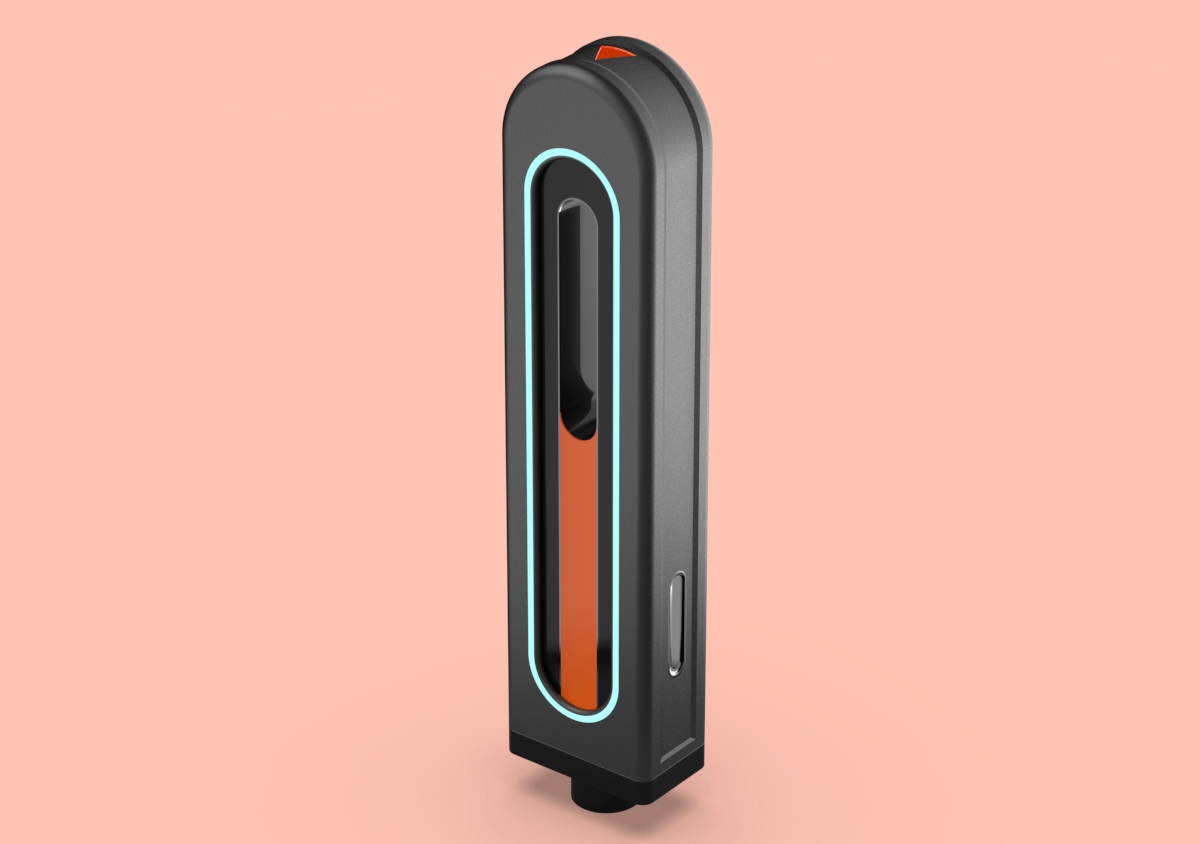
The positioning system features a beacon (anchor) and a headset (tag) for precise location tracking. Four beacons, each uniquely identified by distinct shapes and colours on their top surfaces, are placed in their corresponding ground mounts by track staff. The ground mounts feature bayonets topped with lids to prevent them from becoming trip hazards when the beacons are not in use.
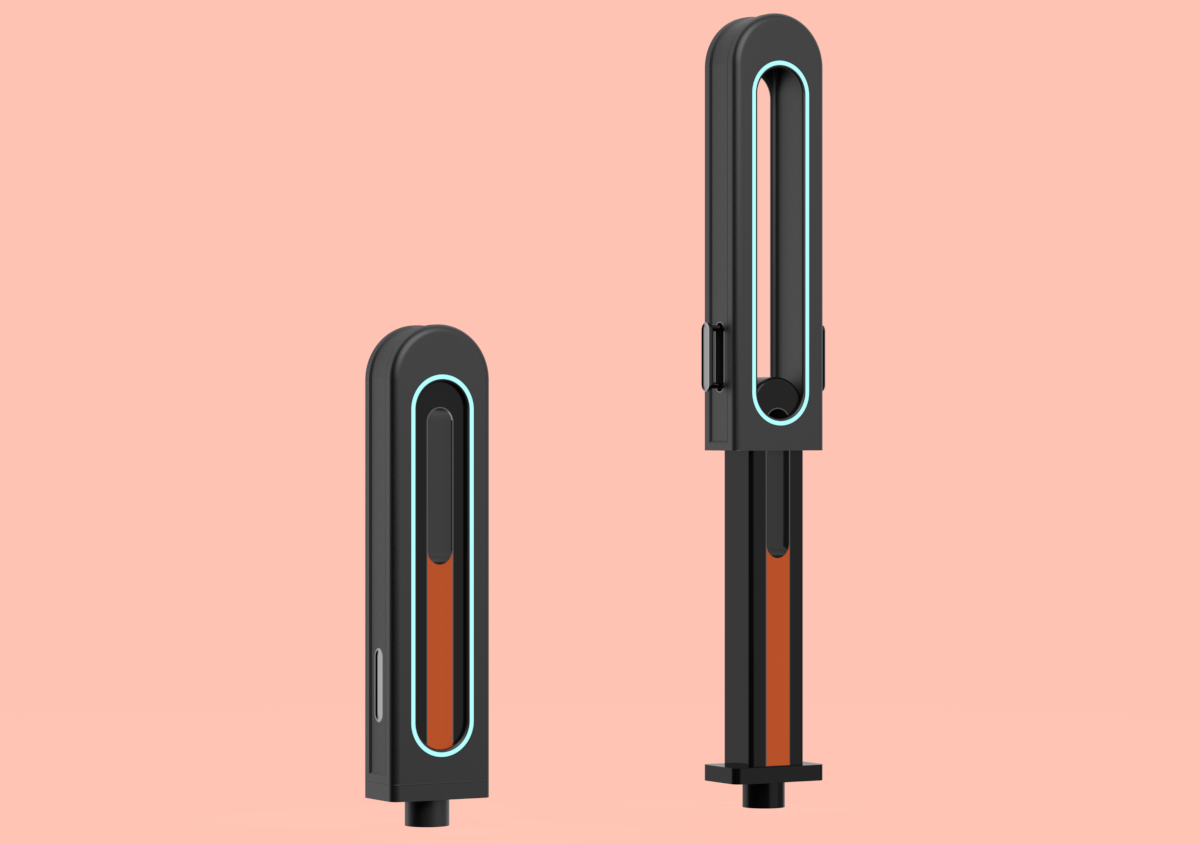
The beacon contains a UWB module that must be positioned 1.4 metres above the ground to prevent signal interference. Therefore, it needs to be extended using the handles as shown above.
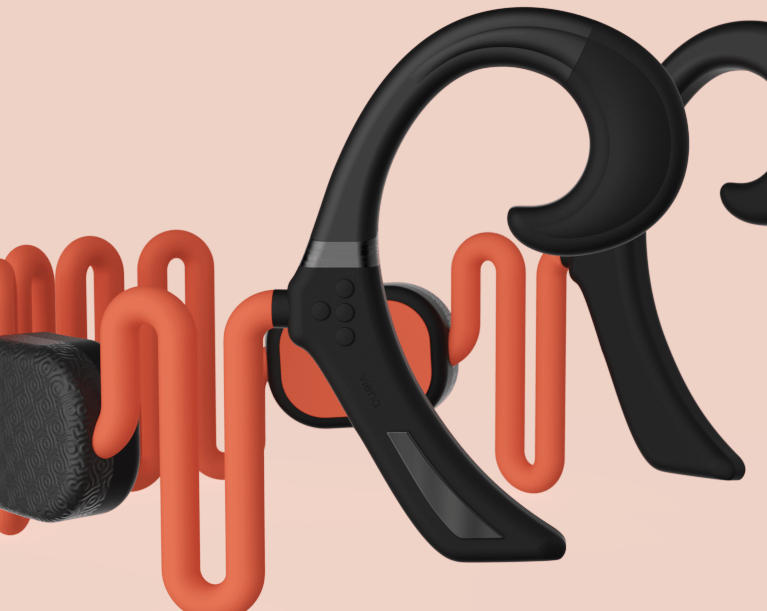

Braille on the ear pieces helps users identify the correct orientation of the headset. Encasing titanium wire in silicone enables the earpiece to maintain its shape while retaining flexibility.
The silicone wave pattern is designed to accommodate head sizes ranging from the 1st to the 99th percentile, ensuring a comfortable fit for a diverse range of users.
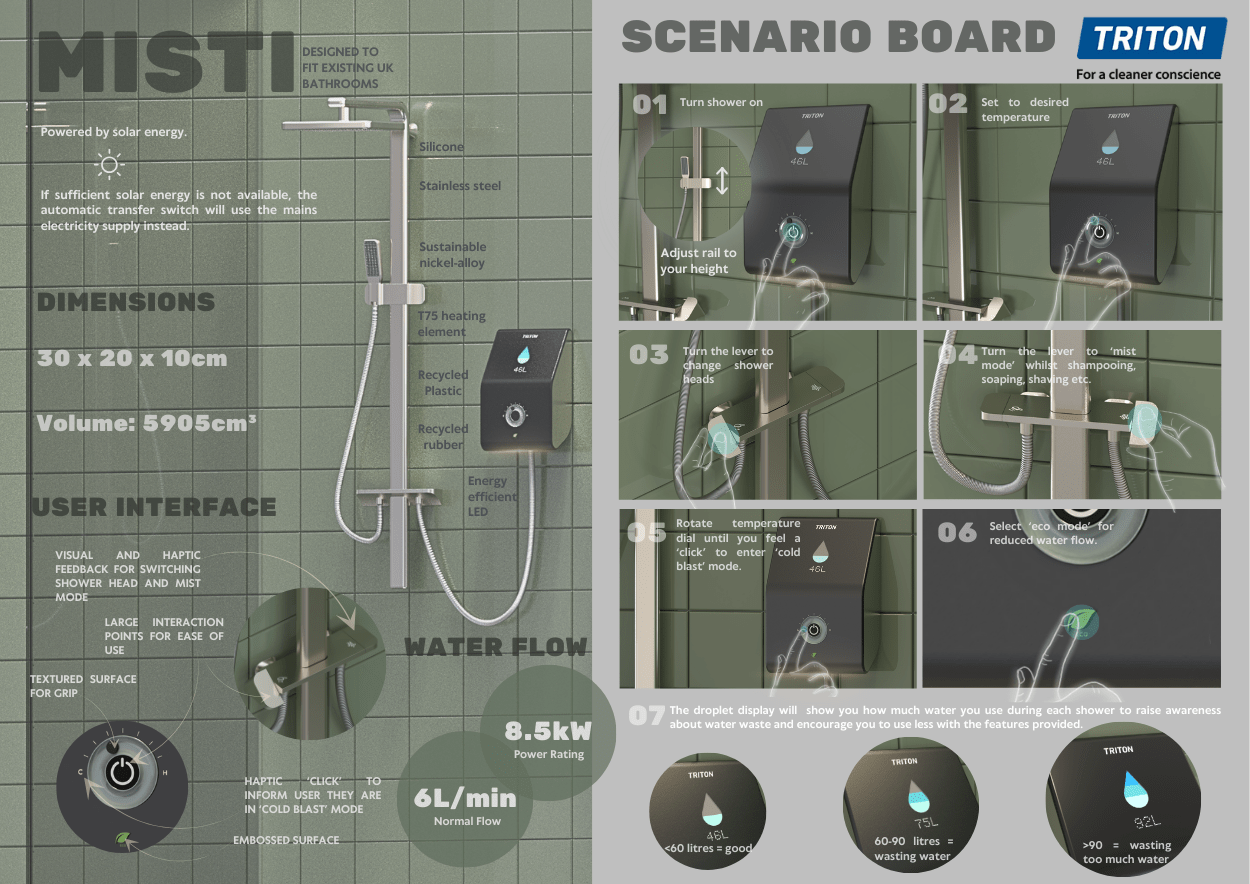
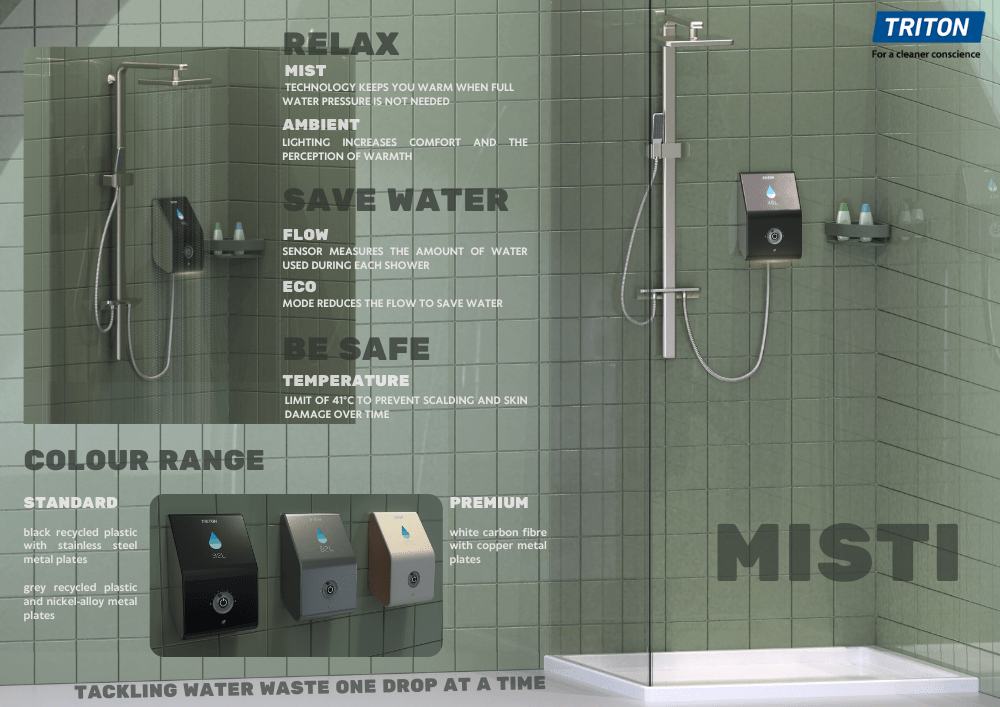
Solidworks Associate – Mechanical Design Certification (CSWA)
Placement year at Welland Medical